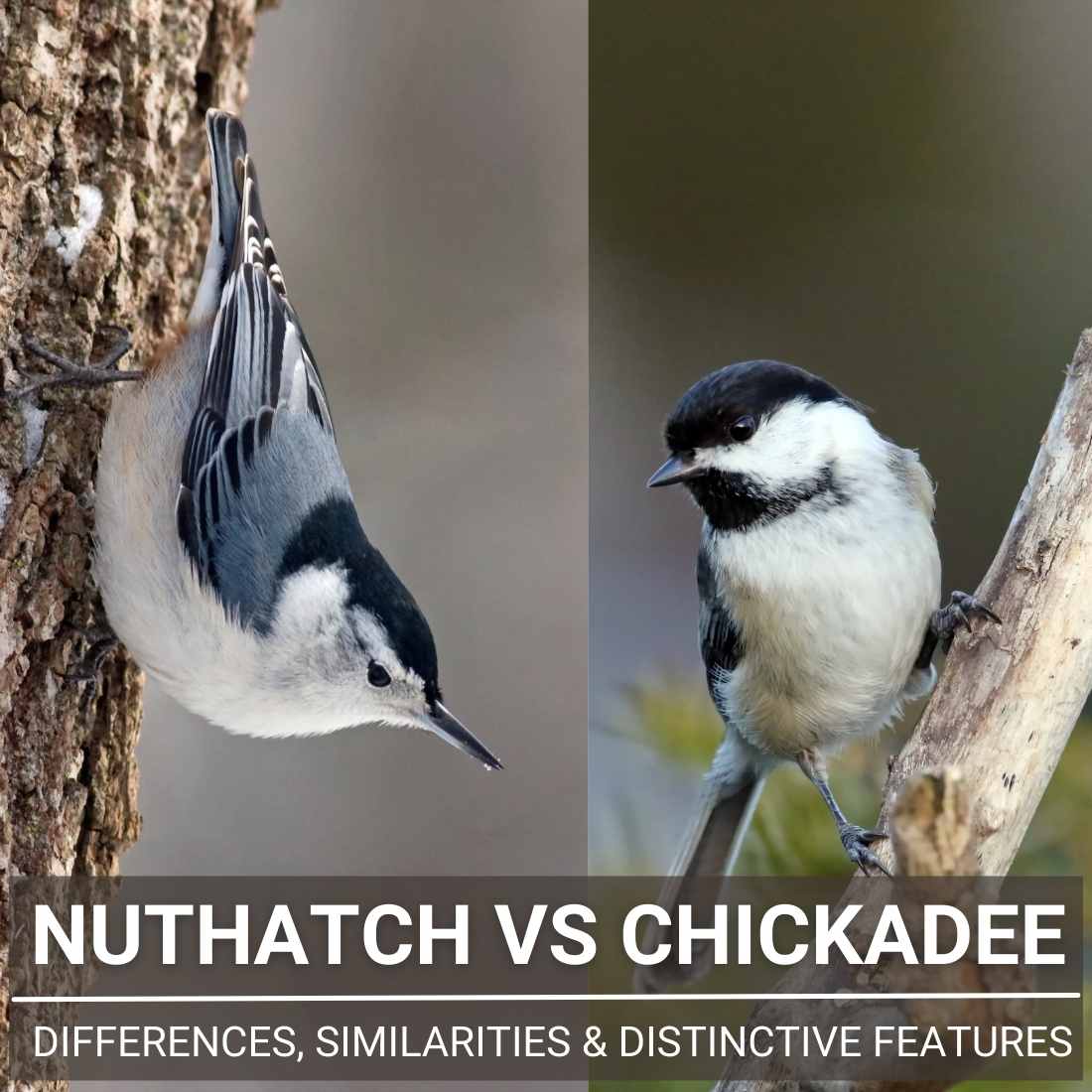The Nuthatch and the Chickadee are both entertaining small birds to watch. Both chickadees and nuthatches are commonly found in Oregon or Southern states. Both have small, powerful bills, and they eat primarily on insects. Aside from it, they are most often observed in pairs.
Table of Contents
Take a look at the summary provided below to see how the Nuthatch and the Chickadee differ from one another.
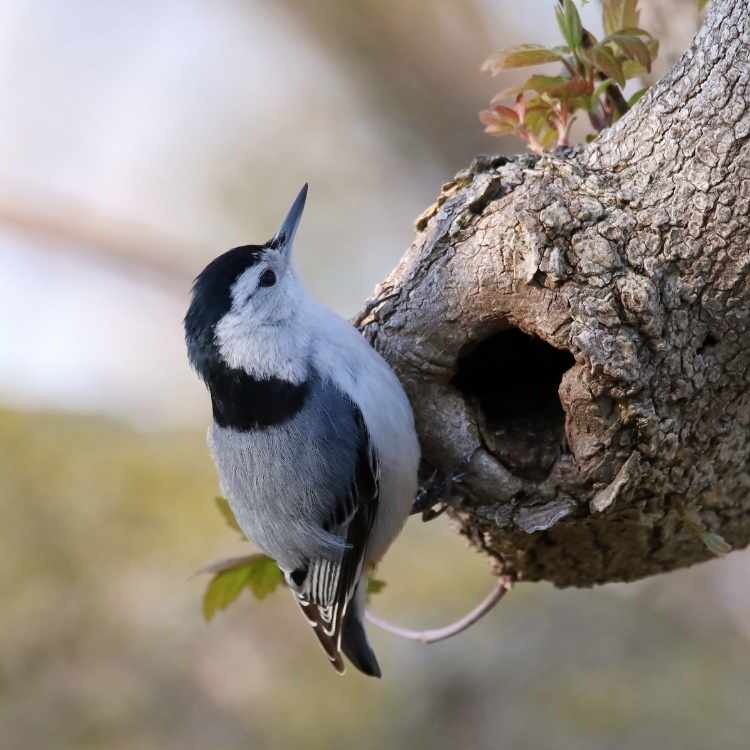
Overview
| Nuthatch | Chickadee |
|---|---|
| Nuthatches make little squeaks that sound like a toy rubber ducky being squeezed. | They produce chick-a-dee and fee bee sounds |
Longer tail than a Chickadee | Smaller tail Nuthatch |
| Larger bill | Smaller bill |
| More compact than Chickadee | Less compact than Nuthatch |
| Climb up and down tree trunks | Do not climb up and down like Nuthatches |
| Live mainly in northern states and south-east seaboard. | Found in both southern and northern states having deciduous and mixed woodlands along with swampy areas. |
| Single pair or flock size of 6 at max | Their flock size range from five or six to more than a dozen. |
| White feathers are usually bluish-grey in color. | White feathers having gray with white tips |
| Usually, eat various types of insects | They subsist on a diet of nuts, fruits, bugs, invertebrates, and, on rare occasions, tiny pieces of carrion, among other things. |
| The average lifespan is 2-3.5 years (wild) | The average lifespan is 2-3 years (wild) |
| Short-distance migrant | Adult Chickadee birds do not migrate |
| Have 5-9 eggs in on the clutch | Have 2-11 eggs in on the clutch |
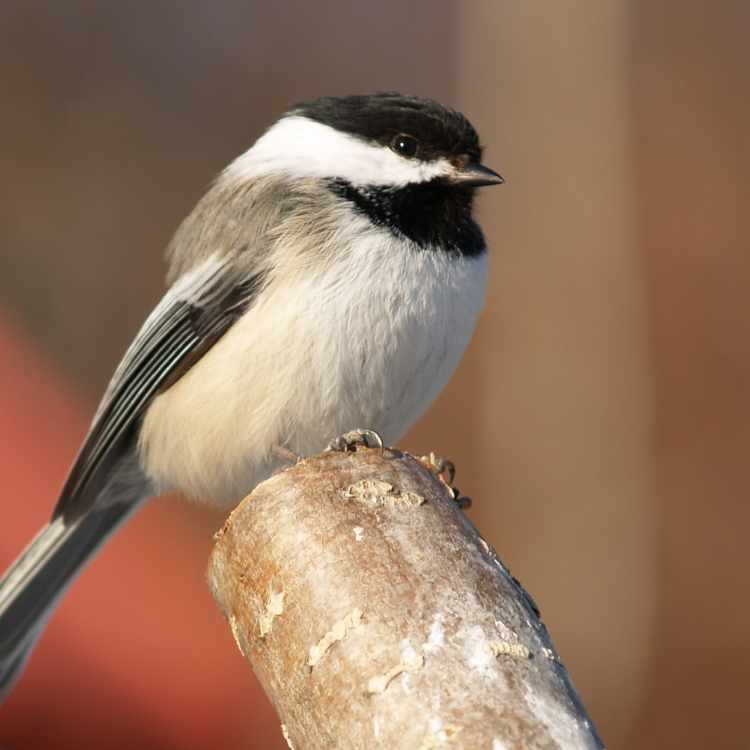
Differences between Nuthatch vs Chickadee
Habitat
While most nuthatches nest in temperate or montane woods in the Northern Hemisphere, some species have evolved to rocky environments in the hotter and drier areas of Eurasia. However, the most incredible diversity can be found in Southern Asia, and because of the similarities between the species, it has become difficult to distinguish between them. All species of this genus build their nests in cracks and fissures.
On the other hand, Chickadees can be found in temperate and mixed trees, particularly at forest margins, and in mixed deciduous-evergreen forests. They are frequently seen in the surrounding of willows and cottonwoods, and they like to build their nests in the trunks of alder and birch trees, among other places.
Appearance
Nuthatches are distinguished by their more petite tails and larger bills compared to chickadees. The White-Breasted Nuthatch (WBC) is by far the most common of the nuthatch species, and it may be found in woods, gardens, and backyards all across the United States of America. This bird has a black crown, similar to a chickadee’s, but its face and neck are white, and its wings are blueish gray in color. Their lower belly may be colored brown or orange, depending on the species.
The mating season for red-breasted nuthatches is spent in the northern hemisphere. In addition to a white forehead and a dark eye stripe, you should look for a pale orange breast and abdomen.
Other nuthatches to be aware of are the brown-headed Nuthatch, which may be found in the Deep Southern States, and the pygmy Nuthatch, which can be found in the west.
The Chickadee differs from the Nuthatch in that it has more enormous tails, a black cap and collar beneath its chin, and light-colored sides. These little birds have shorter beaks than nuthatches, making them even adorable. It’s worth listening out for their signature “chick-dee-dee-dee” tune.
Aside from that, Carolina chickadees are pretty similar in appearance to their black-capped counterparts and are incredibly abundant across the southeastern United States. It is possible that the margin of their bib will seem neater.
Similarly, boreal chickadees are found in the far northern woodlands and are distinguished by their brown crown and plain brown sides.
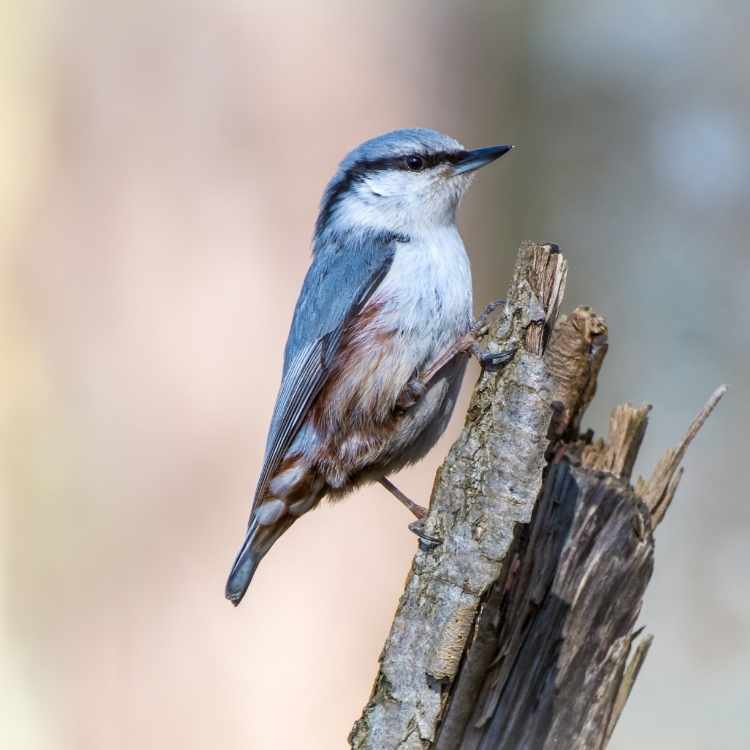
Diet
Nuthatches mostly eat insects as their primary source of nutrition. As they bounce about the tree trunks, these birds explore the bark and cracks for hidden delights such as bugs, beetles, ants, and caterpillars that have been left behind. Nuthatches will also frequent backyard feeders, particularly if you have a large number of trees in your yard that they may utilize for foraging and protection from predators. Fill your feeders with the items that nuthatches prefer, and you’ll be well on your way to attracting the birds.
In contrast, Chickadees consume a diet of nuts, fruits, insects, worms, and occasionally tiny bits of carrion as part of their daily diet. Chickadees are also fond of suet and peanut butter, which may be found at bird feeders. Chickadees also have a proclivity for saving food and consuming it later; thus, they are unlikely to remain at a feeder for an extended period of time.
Behavior
Nuthatches typically descend tree trunks headfirst and hang to bird feeders upside down. The red-breasted Nuthatch is the only nuthatches that migrate to hot climates in the winter, although other species do not. For example, white-breasted Nuthatches do not migrate; therefore, they can be seen all year.
Chickadees, on the other hand, “hop” on trees (and infrequently on the ground). During the day, these birds are pretty busy eating. Chickadees create monogamous couples that last several years. During the mating season, chickadees are solitary and territorial. During the non-breeding season, chickadees form mixed-species flocks with nuthatches, woodpeckers, and vireos.
Chickadees migrate small distances but stay in the same general area all year. This species has dominance hierarchies, with older birds being more dominant. Males also dominate females. Dominant individuals have easier access to mates, food, and nesting locations.
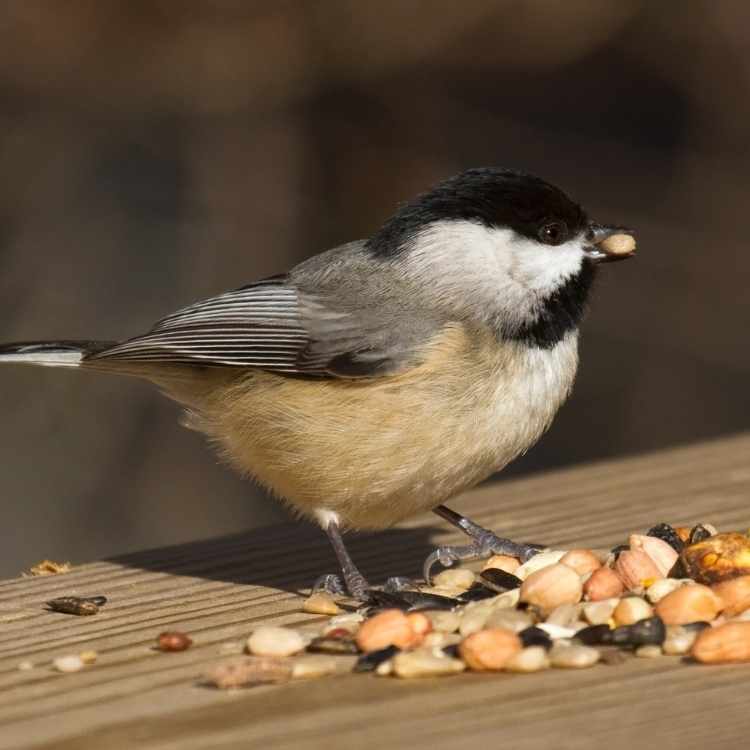
Similarities between Nuthatch vs Chickadee
The Nuthatch and the Chickadee are both fascinating small birds to watch. They are friendly songbirds that may often be seen on the branches of backyard trees. They fly around hunting for insects/bugs to eat, and they also attend bird feeders regularly. Both these little birds build their nests in tree holes as well.
Both of these birds may be seen in large numbers across Oregon. Both have small, powerful bills and similar coloration bodies with typical black and white hues.
Interesting facts about Nuthatches
Nuthatches not only explore crevices for food but also conceal it. They will load seeds or insects into tree holes and cover them with lichens, grass, or bark. After that, these birds will return to this secret food to survive the winter.
Here are some more Nuthatches facts:
- The big toe (hallux) of a nuthatch point backward, while the other 3 faces forward.
- All year long, nuthatches protect their area. The female sticks close to her partner and vocalizes constantly.
- The red-breasted Nuthatch is a fierce protector of its nesting chamber. It scares away larger birds like the downy woodpecker and even the hostile house wren.
Here you can check all Nuthatch sounds
Interesting facts about Chickadees
North America has seven chickadee species, all having a black cap and tail with white sides. The most prevalent chickadee species are Black-capped and Mountain Chickadees.
Other intriguing facts about Chickadees:
- Black-capped and Carolina Chickadees are pretty similar in appearance. They are so identical that they regularly mate and make hybrids.
- The chickadees also make a fee bee sound along with their typical call.
- Because chickadees don’t migrate, they frequently visit your feeder in winter.
- Read more about the Chickadee symbolism.
Here you can check all Chickadee sounds
Field Identification Tips
Nuthatch
Nuthatches have seven common species that may be identified based on their color and location. The most common Nuthatch is white-breasted nuthatches having black and white coloration with blueish-grey wings. Other species have their typical coloration (as discussed above)
Chickadee
The Chickadee has more enormous tails, a black cap and collar beneath its chin, and dark-colored sides. These little birds have shorter beaks than nuthatches, and they have white feathers with gray and white tips.
Final Verdict
Chickadees have a more prominent tail and a smaller beak than nuthatches. They also don’t climb tree trunks like nuthatches, and finally, Nuthatches are more compact than Chickadees.
